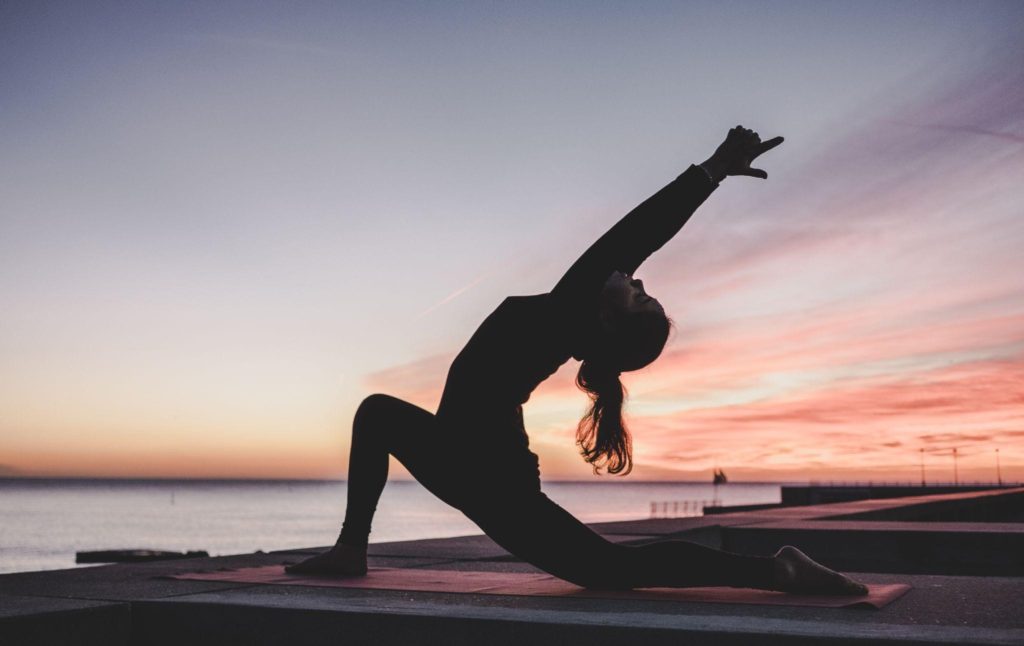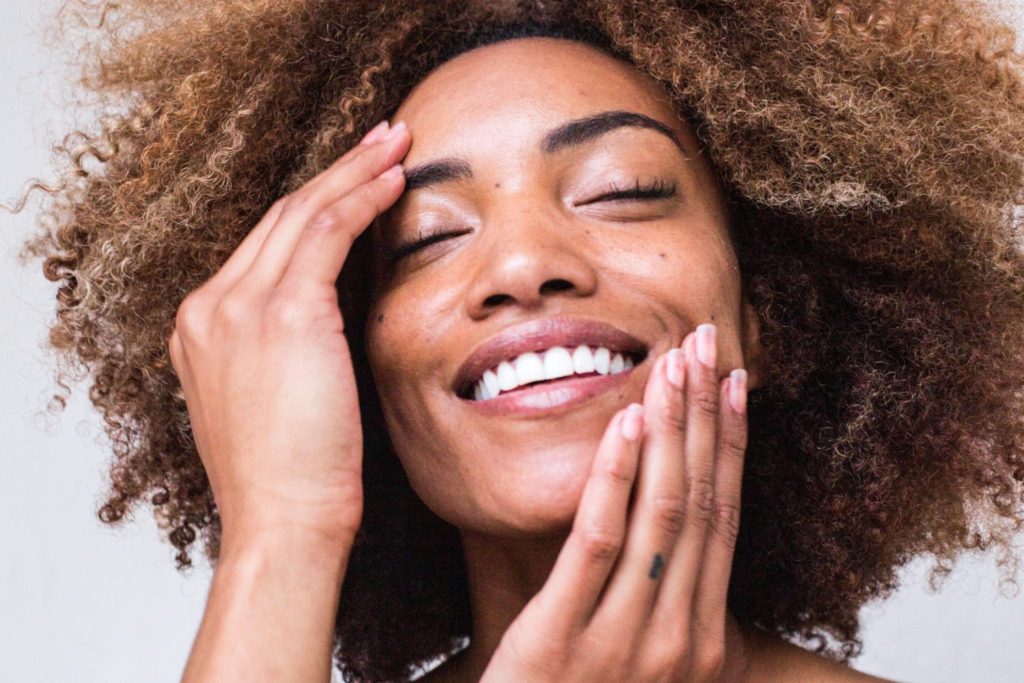16 Interesting Facts About The Human Body
Science enthusiasts have often said that humans are formed from stardust, and a new examination of 150,000 stars confirms the ancient adage: The ingredients of life appear to be more plentiful toward the galaxy’s centre, according to the findings, and humans and their galaxy share around 97 per cent of the same atoms.
How wonderful is it to think we were once forged from the same atoms that made the heart of stars. In that vein, let’s look at the other wonderful facts about our bodies!
Did You Know?
- You have over 200 different types of cells, with different functions, all working together to keep our bodies functioning?
- The human brain is about the size of cauliflower but only weighs 3 lb (1.4 kg).
- Half your body weight is the result of the 600 skeletal muscles in the body. This plays an important role in deciding which body type you have.
- The muscles in your eyes respond the fastest out of all other muscles in the body. The muscles that move the eyes react by contracting in just a fraction of a millisecond.
- The muscles in your body only work in one direction. They can either ‘push’ or ‘pull’. For example, if you take your forearm, your bicep can only contract and ‘pull’ while your tricep can relax and ‘push’.

- A human skeleton has more than 400 joints. Some of these joints are movable, and some are rigid, which means they allow only limited movements.Since joints are important to maintain overall wellbeing, it’s good to be a morning person and workout daily.
- When you compare a certain quantity of bone to the same quantity of steel, bone is five times stronger than steel! In the microscopic view of bones, you will see a honeycomb structure of the bone. This structure is what makes the bone as strong as it is.
- Tiny ridges are emerging at the end of each finger that helps the fingers grip objects. When you press them against hard surfaces like glass, these ridges leave behind sweaty patterns called fingerprints. Even twins who look like each other do not have the same fingerprints.
- The three ossicles are bones found in the ear and are the body’s smallest bones. The tiniest ossicle is about the size of a grain of rice. They are linked together and found in the ear, where they transmit sounds.
- The heart beats approximately 100,000 times a day. This means it pumps enough blood to fill an Olympic sized pool!

- When laid out end to end, the blood vessels extend over 60,000 miles or 100,000 km, which would be enough to circle the Earth four times.
- The adult human tongue contains between 2,000 and 8,000 taste buds. These taste buds experience body changes when air traveling because of the low pressure and high altitude.
- Your left and right lungs are not identical. The left half of your body’s lung is divided into two lobes, while the right side’s lung is divided into three. The left lung is also slightly smaller to make space for your heart.
- Your teeth are a part of the skeletal system but are not bones! They’re a specialized form of hard skin.

- The small intestine alone is over 23 ft or 7m in length. If you spread your small intestine over a flat surface, it could cover a tennis court.
- Your eye is capable of perceiving over 10 million colors.
Your body is a treasure trove of interesting systems that function even without your conscious input. The least we can do to help them function is to eat well and exercise.
